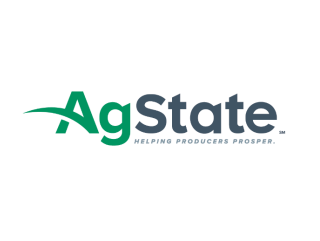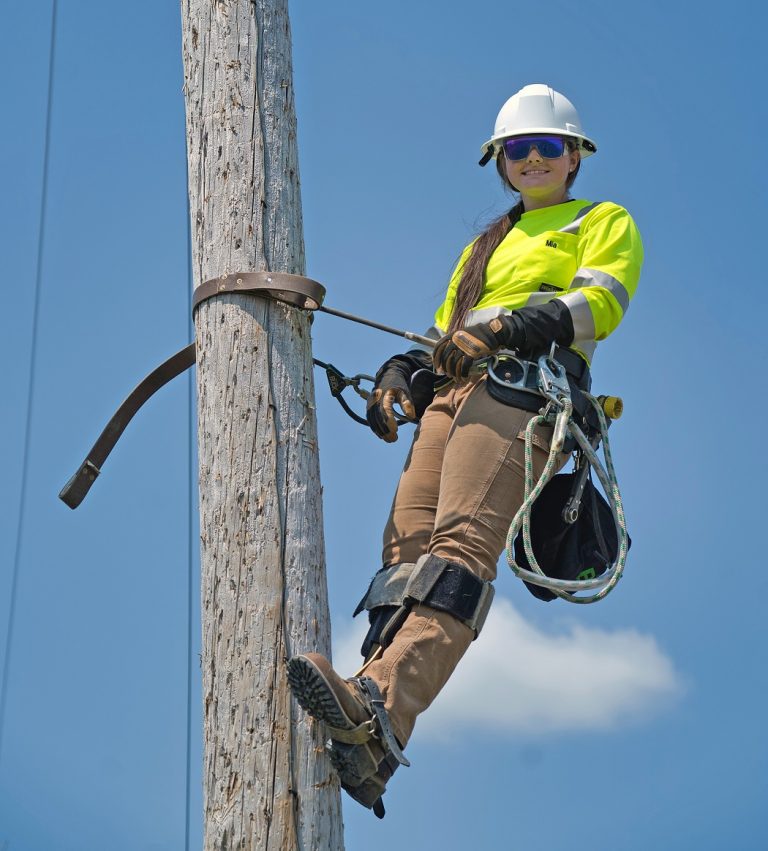Iowa DNR — The recent news from the World Wildlife Fund and Mexico’s Comisión Nacional de Áreas Naturales Protegidas on monarch wintering numbers was an eye opener – the butterflies covered an estimated seven acres of forest canopy in Mexico – less than half of last year’s population. Experts estimate a long-term average of 15 acres of occupied forest canopy is necessary to sustain the eastern North America monarch population.
Already well on their way back to the Upper Midwest, the orange and black icon will again call Iowa home in the next four to six weeks.
Iowa fills an important role for monarchs hosting generation after generation through the summer until Mother Nature signals it’s time to produce the Super Generation that will make the 3,000 mile journey back to Mexico for the winter.
Iowans can welcome the summertime residents back by including pollinator friendly plants as a part of their annual spring gardening and landscaping.
“This is an opportunity for people, individually, to help monarchs, and that can be as small as planting a flower pot on an apartment balcony or as large as new pollinator-focused prairie,” said Karen Kinkead, coordinator of the Iowa Department of Natural Resource’s Wildlife Diversity Program.
Kinkead recommended using local native seeds and plants that are better suited to Iowa’s growing season and likely more readily available from local greenhouses. “It also serves as a way to support local small businesses,” she said.
The current Iowa Monarch Conservation Strategy seeks to establish between 480,000 and 830,000 acres of monarch habitat by 2038, through voluntary, statewide conservation efforts based on the best available science.
“When we have perfect weather conditions, we can produce enough monarchs, but weather can also work against monarch production and survival and to compensate for that requires more production areas,” Kinkead said. “We saw good egg production and adult numbers last year, but that didn’t overcome bad weather between here and Mexico. We need great egg production.”
Monarchs use different plants during different stages of its lifecycle and Kinkead suggests that a mixture of milkweed and native wildflowers be part of every planting, if possible.
Recommendations for Creating Habitat for Monarchs and Other Pollinators
-Choose Native Plants- Iowa has a huge variety of native prairie and open woodland plants to choose from: they are beautiful, they are adapted to Iowa’s soil and environment and they are old friends to our native pollinators.
-Include Milkweed PLUS other species of wildflower. To provide food for both the caterpillar and adult stage you must include at least one species of milkweed plus a few other species of flowers. At a minimum, think about including a species of milkweed plus three species of wildflower (nine species total) that bloom during the early, middle and late portion of the summer. Throwing in a native grass or two rounds things out nicely. Variety is the spice of life and, in this case, has the best chance of attracting the most beneficial insects. Links to some species lists can be found
-Be Patient especially if planting native plants. Prairie plants have huge root systems and most plants spend much of their energy in the first 1-3 years growing those roots. Once established they can concentrate on putting out showy flowers and lush foliage. You can speed the process up a little bit by using plugs rather than
-Avoid Using Chemicals. Pesticides and herbicides can have negative impacts on monarchs and other beneficial insects so it’s best to avoid their use entirely or if you must use them, to use them in as targeted a manner as possible, following the application instructions
-Register your habitat with Grow.Fly at the Blank Park Zoo. and inspire others!
Considerations for creating small patch of monarch habitat
The first thing to decide is whether you prefer something formal or you’re okay with a little mess. This will drive the plants and design of the garden. In many urban and suburban areas there may be rules or ordinances governing what plants are allowed or how tall and messy plantings can be, so be sure to check into this first if you want something a little more natural.
If you do want a natural look you can opt for either seed or prairie plant plugs. Plugs have the advantage of maturing faster but are more expensive. If you wish for a more formal garden look, there are plenty of prairie plants that are shorter in stature and do not aggressively spread. For example, butterfly weed, whorled milkweed and swamp (red) milkweed are all native species that will not overwhelm your garden like common milkweed would. The best time to plant plugs is in the spring after the last frost.
An example species list for a native plant home garden that is great for monarchs and pollinators is listed at the end of this document.
Whether you go for plugs or seed, it is best to start with bare ground just like any flower bed. Adding a little compost wouldn’t hurt but it’s not necessary and other kinds of amendments shouldn’t be needed – most prairie plants are used to making the most of poorer soil.
To keep the garden looking nice, you will need to weed, particularly in the first two years to give the native plants a chance to grow. Being familiar with what the plants look like as seedlings can be helpful for this. If you want to keep a more natural garden from looking too wild, you can add a nice border of rocks that can double as monarch sunning spots, or keep a mowed border around it.
There are really no broad-scale cost-share programs in Iowa to help private landowners putting in a smaller sized area of habitat. It would be worthwhile to do some research on local programs that may provide funding or plants for area homeowners and it’s always good to keep a look out for monarch events in your town as milkweed is often freely available. In contrast, there may be some funding or free plants available for schools, churches or municipal buildings.
Visit the DNR’s Website – www.iowadnr.gov/pollinators – for more information on Monarchs and Pollinators in Iowa.
Considerations for creating monarch habitat larger than one acre
Plots that are one acre or greater, the best and most economical way to go for a natural looking prairie is through a seed mix, rather than planting plugs. Iowa State University has developed an ideal recommended Monarch seed mix for Iowa which is a good place to start.
The best time to plant prairie seed is late October or November before the ground freezes and just before or after a light snow, but planting anytime during this period is fine. You want to plant the seed on bare ground so if you are replacing turf it’s best to kill this with chemical or by some other means. Prairie seed does best if drilled in and there are special drills (Truax Native Seed Drills is a popular brand) which you may be able to rent or it might be worth hiring a contractor to do your planting. The Tallgrass Prairie Center at the University of Northern Iowa may be useful in finding a contractor.
Maintenance in the first few years will be important to give the prairie plants the best chance to thrive. The area should be mowed 2-3 times during the growing season for the first two years. After this, prescribed burning or mowing every 3-5 years will keep the plants healthy and thriving and preserve the diversity of the seeding hut decreasing the amount of tree and shrub growth. Best times for mowing and burning for monarchs will be between October and the first of May. If you have concerns about the resident pollinators (which may spend winters on the property), on which burning and mowing can be hard, you may consider splitting the area and just doing a third of the field every three years.
For larger areas, you may be eligible for some financial assistance in establishing Monarch habitat. You can contact one of the DNR’s private lands biologists for guidance or consult the funding sources page provided by Plant.Grow.Fly. for more information.
Monarch Habitat Web Links
-Collections of Information Iowa DNR Pollinators Page
–Grow. Fly. @ the Blank Park Zoo
–Iowa Monarch Conservation Consortium
–The U.S. Fish and Wildlife Service
–The U.S. Natural Resources Conservation Service
–DNR Wildlife Private Lands Biologists
–Iowa State University Wildlife Extension
–Iowa State University – Recommended Seed Mix for Monarch Habitats
The Iowa DNR is part of the Iowa consortium, which is a group of 50 organizations, including agricultural and conservation associations, agribusiness and utility companies, universities and county, state and federal agencies. Roughly 40 percent of all monarch butterflies that overwinter in Mexico are estimated to come from Iowa and neighboring Midwestern states.
To learn more about the Iowa Monarch Conservation Consortium, visit http://monarch.ent.iastate.edu/ and follow @IowaMonarchs on social media.












